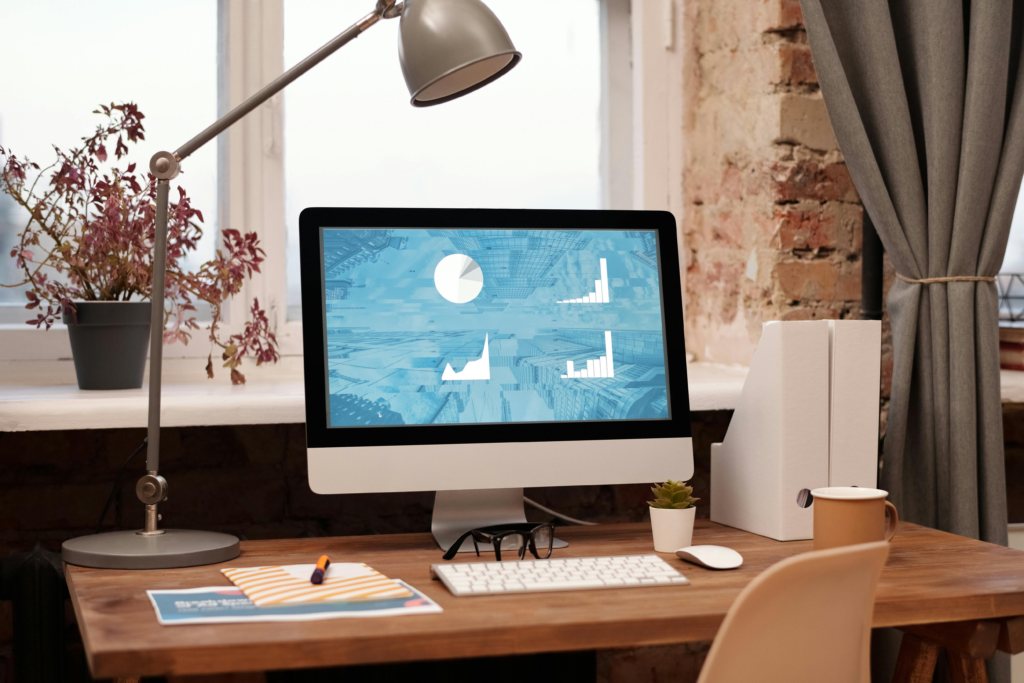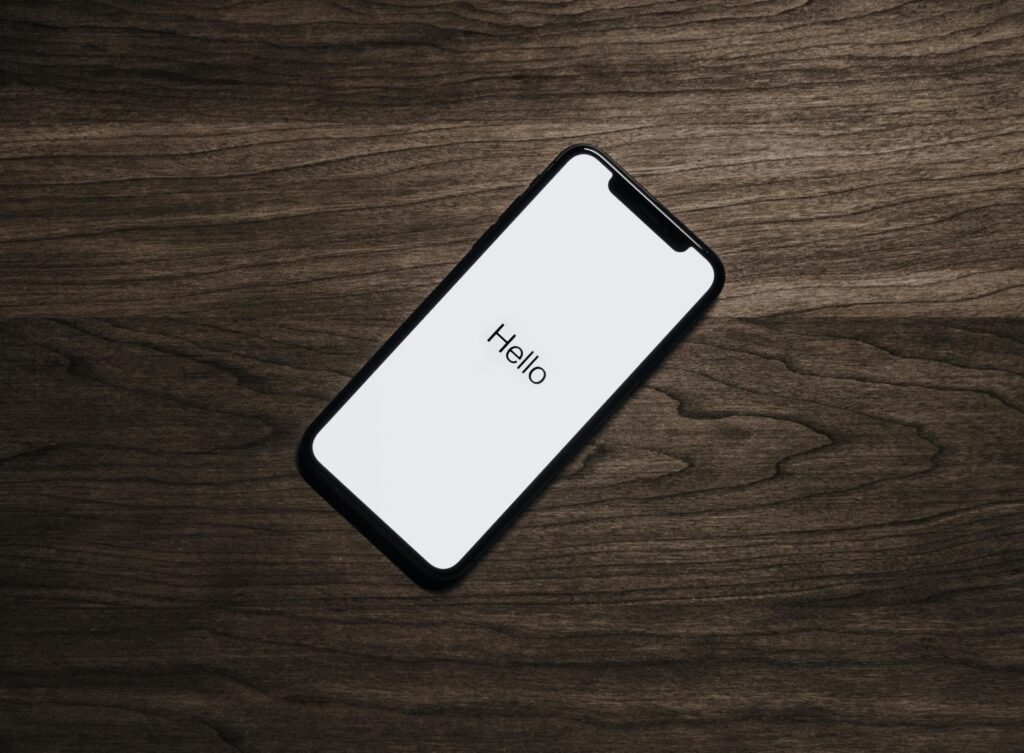A lot of people think SEO and web design are separate things. They’re not. Design choices directly impact your rankings. You can’t separate them.
Let me show you how design affects your SEO.
Site Speed Kills Rankings
Google uses site speed as a ranking factor. And it’s not just desktop speed; mobile speed matters even more now. If your website drops in rankings, it’s that simple.
Design choices directly affect speed. Unoptimised images make sites slow. Bloated code makes sites slow. Too many plugins makes sites slow. Poorly structured design makes sites slow.
A well-designed site is optimised for speed. That means better rankings. Regular website maintenance ensures your site stays fast as you add content and features. Consider implementing these essential website improvements to boost both speed and conversions.
Mobile Responsiveness is Essential
We’ve covered this but it’s worth saying again: Google ranks mobile-first. If your design isn’t mobile-responsive, you’re handicapped in search results.
Proper design includes mobile responsiveness from the ground up. Not as an afterthought. Understanding mobile-first design principles is crucial for modern SEO success.
Navigation Structure Affects Crawlability
Google crawls your website to understand what’s on it. If your navigation is confusing or poorly structured, Google has a hard time crawling you properly.
Good design includes clear, logical navigation. Internal links are organized sensibly. The site architecture makes sense. This helps Google understand your site and rank your pages better. Good web design creates a foundation for both user experience and search engine success.
User Experience Signals Matter
Google measures how people interact with your site. Do they bounce immediately? Do they stick around? Do they spend time reading? These signals affect your rankings.
A well-designed site with good user experience keeps people on it longer and engaged more. That helps your rankings. If visitors are leaving immediately, your homepage might be costing you sales and hurting your search rankings.
Duplicate Content and Technical Issues
Poor design often leads to duplicate content issues. Multiple URLs for the same page. Inconsistent internal linking. Broken navigation paths.
Good design prevents these problems from the start. Clean code, proper redirects, and logical site structure keep you out of technical SEO trouble.
If you’re serious about improving your search rankings, you need to think about design and SEO together. They’re not separate disciplines. Every design choice you make affects how Google sees and ranks your site.




